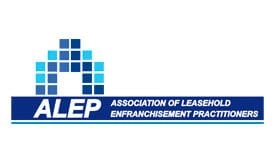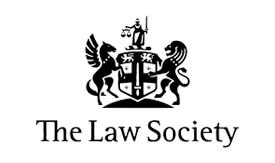If you are a tenant in a building that contains two or more flats and your Landlord wishes to dispose of their freehold interest, they must first give you the opportunity to purchase the interest before it is offered to any third party. This is known as a tenant’s Right of First Refusal under the Landlord and Tenant Act 1987.
The process involves your Landlord serving a s.5 notice on 90% of the qualifying tenants in the building, then the requisite majority (more than 50% of the flats containing qualifying tenants) responding with their acceptance notice. If there are only two flats in a building, where both contain qualifying tenants, both must accept the notice.
The ‘qualifying’ tenant criteria is pretty simple; just that you are a tenant of a flat under a tenancy – save for a few minor exceptions in s.3 of the LTA.
Once you have received a s.5 notice, there is a specified two-month acceptance period for the tenants to get together and provide the acceptance notice, then a further two-month period to nominate a person or persons to handle the disposal.
The person to handle the disposal can also be a company – setting up a separate company to act as the freehold owner is a common method of tenants collectively owning the freehold to their flat. This company would be owned by the tenant’s involved in the purchase and have voting rights set up for each tenant to be able to exert control over the property and their flat in particular. The company should be set up before the landlord’s notice’s deadline to appoint the nominee purchaser. Once the purchase is complete, the standard next steps are for each tenant to grant themselves a 999 year lease with appropriate covenants removed.
An important point to note is that the Landlord is not obliged to sell you their interest in the property as part of this procedure. Serving and accepting a notice under the Landlord and Tenant Act 1987 does not bind the landlord into having to sell at the price and terms agreed. The notice procedure is performed subject to contractual arrangements.
Until the contractual element is completed, the Landlord can effectively pull out of the agreement at any time. There are some consequences for a Landlord to do this, namely an inability to dispose of the interest for a 12-month period following their notice of withdrawal. There may also be cost implications if the Landlord chooses to withdraw their offer after the end of the first four weeks of the nomination period. The qualifying tenants who had accepted the notice can claim any costs that had been reasonably incurred in connection with the disposal.
If your Landlord sold their interest in the property to a third party, without a reasonable excuse for not offering you the Right of First Refusal in a s.5 notice – the Landlord has committed a criminal offence. In this situation, you and the other qualifying tenants will be able to serve a notice on the third party to acquire the interest; on the same terms as their purchase from the Landlord.
If you are a tenant who has received a s.5 notice from your landlord, or are a landlord considering disposing of your interest in a property, please feel free to contact us and speak to one of our expert Leasehold Team members. We can assist you in any and all aspects of the process.













